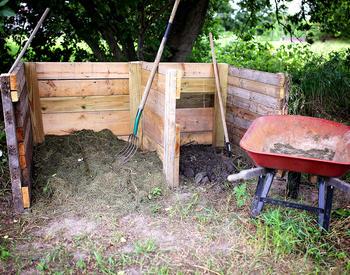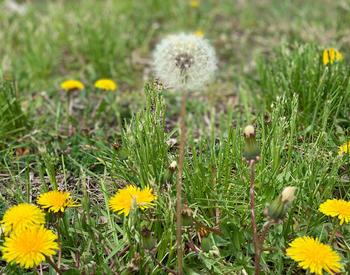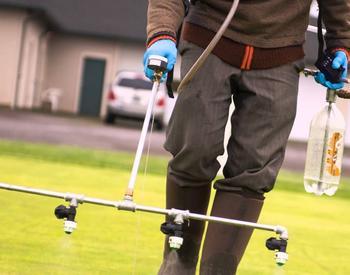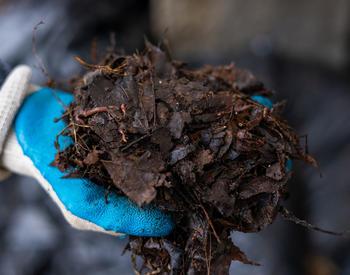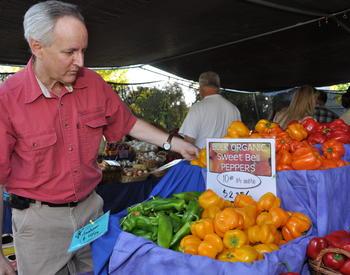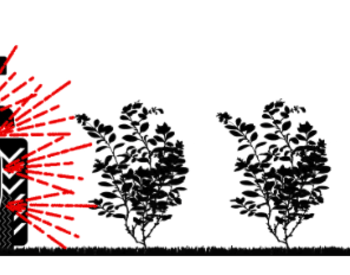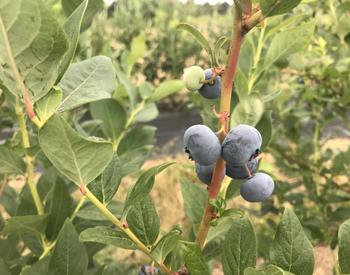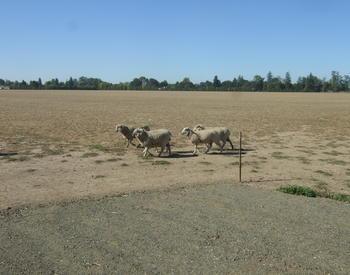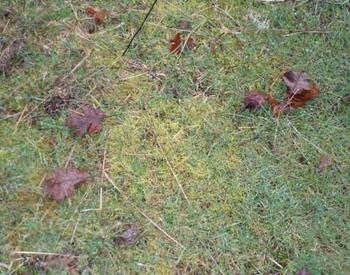We live in a large condominium. Our landscaper has been using a diluted version of glyphosate to control weeds on the property and blackberry vines along the edge of the nearby river.
We have LOTS of dogs in our complex, and some of our residents like using the rosemary growing here for cooking. We have read that glyphosate when diluted is safe for the environment, pets, birds and even run off to the river. Do you agree?
Glyphosate is the active ingredient in Roundup and a number of other trade-named products. It is widely used by homeowners (it is widely available in any hardware store or garden center), farmers, foresters, and invasive weed specialists for controlling plants.
How glyphosate works
When it was first introduced in the mid-1970s, it was widely adopted because if its effectiveness in controlling some difficult-to-manage perennial weeds and because of its low acute toxicology in comparison to many of the other herbicides that were used at the time. Glyphosate acts by moving through photosynthetic parts of the plant (leaves and some stems) down to the root system. It doesn't enter plant roots through the soil.
There are some aquatic labeled forms of glyphosate that have been used to help manage some of the invasive plant species that we are getting in our riparian sites in the hope that these locations can be restored to native plant communities.
Toxicology of glyphosate
Here is a description of some of the general and toxicological characteristics of glyphosate:
- Glyphosate General Fact Sheet, National Pesticide Information Center
The Environmental Protection Agency reviews the efficacy and toxicological properties of any active ingredient (organic or conventional) before approving the product for use.
The language on the label about how the product is to be used, safety issues with the product and disposal of the product is the result of their review of the active ingredient and the risks that the product might have to the user, consumer, or anyone coming into inadvertent contact with the product.
It is important to understand that in acute toxicology, the dose makes the poison. For example, a double espresso poses little risk to our bodies, but a teaspoon of pure caffeine can kill us. Risk is a combination of the degree of exposure to the active ingredient and the inherent toxicology of the material. Assuming the applicator is using the product according to the label, there should be little risk in its use or your contact with it.
Some weeds can be very difficult/expensive to manage by hand pulling. The condo association, I assume has some role in deciding how to manage weeds on the site and the budget for that management.
Use pesticides safely!
- Wear protective clothing and safety devices as recommended on the label. Bathe or shower after each use.
- Read the pesticide label—even if you’ve used the pesticide before. Follow closely the instructions on the label (and any other directions you have).
- Be cautious when you apply pesticides. Know your legal responsibility as a pesticide applicator. You may be liable for injury or damage resulting from pesticide use.




